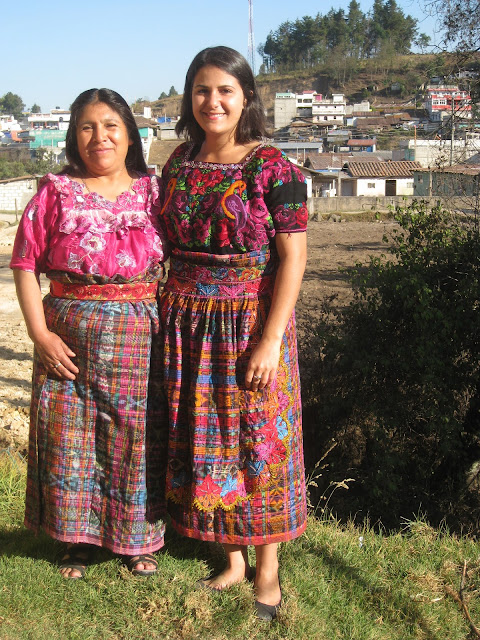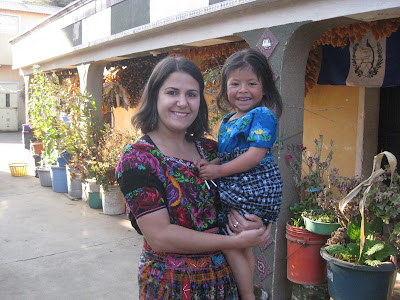 |
| Typical lunch in a comedor (this cost 15 Qutezales = $2) |
If you have the chance to visit Guatemala and you want a little taste of the culture you will do doubt end up at a Comedor. This literally translates to "dining area" but is used for little informal restaurants. There is usually no written menu here. Instead the server will come around and tell you the two or three things that the have on the menu and if you don't like them you are out of luck.
One of the great things about comedores is that the food is CHEAP! Meals generally cost $1.50-$2. At the fancy comedor in Antigua (a UNESCO world heritage beautiful colonial town) the meal would be maybe $5. I lived in a small rural town about an hour outside of Xela (the second biggest city in Guatemala). We didn't have a supermarket or more than a couple paved roads but what we did have was a handful of comedores.
Menu choices usually include:
- Fried chicken
- Beef or duck or cow hoof soup
- Some type of chicken in a tomato-based sauce
Meals always come with:
- drink (choice of hot beverage like coffee ((in my opinion coffee flavored sugar water)) or a juice of the day)
- the meal will come with sides (usually rice and maybe a vegetable (usually covered in mayonaise))
- TORTILLAS (or Tamalitos) - a refillable basket wrapped in a cloth to keep them warm.
One food you might find on the menu are Paches which is a traditional Guatemalan food.
I would like to say that there is no fast food in Guatemala, but this is not the case. In the bigger cities you can usually find a McDonalds or two or more likely, a Pollo Campero (Country Chicken) which is similar to KFC but insanely popular in Guatemala. Pollo Campero is so popular that outside of almost every store there are a couple of women selling hot tortillas to go with the meal because in Guatemala, a meal isn't complete without tortillas. In fact this is so much the case that when I was eating with my host family and eating everything they did, I kept a tortilla tally and ate 98 in one month. I think this was much lower than other members of my host family.















